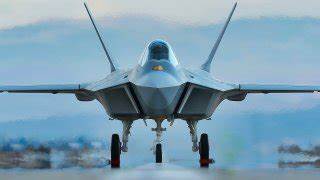
Turkey’s indigenous KAAN fighter jet has been in the news recently, with claims that it surpasses the F-35 in performance, the very aircraft program from which it was expelled.

The bold assertion came from Temel Kotil, the general manager of Turkish Aerospace Industries (TAI), who proclaimed, “This aircraft is better than the F-35,” citing its enhanced load capacity and dual-engine advantage, which potentially allows for greater energy and longer radar range.
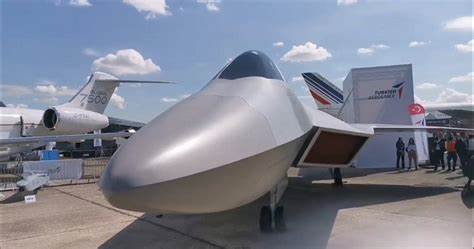
Only a week following the second test flight of the KAAN fighter, Kotil confidently stated that TAI expects to deliver 20 aircraft by the year 2028.

With this ambitious timeline, Turkey positions itself as a rising star in the global aerospace sector, a move fueled by national pride and strategic necessity.

The roots of the KAAN project trace back to a rift with the United States over Turkey’s decision to purchase the Russian S-400 air defense systems.
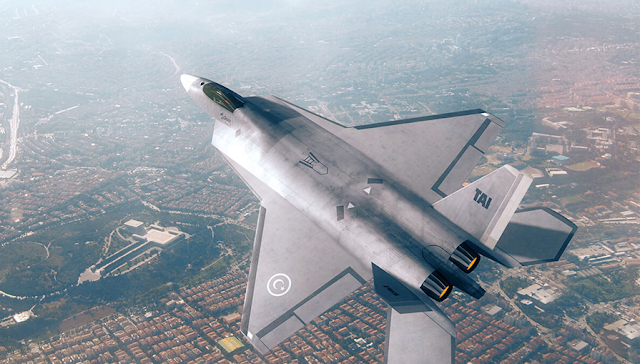
As a result of the ensuing U.S. suspension of Turkey from the F-35 program in 2019, Ankara refocused its efforts on the development of the KAAN, formerly known as TF-X.3
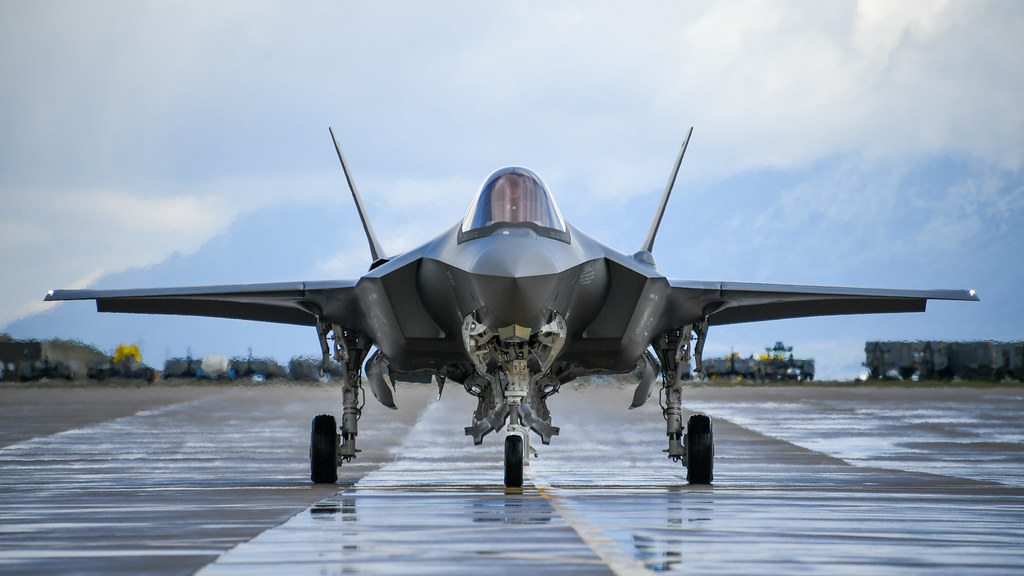
The project’s evolution is a testament to Turkey’s determination to achieve military self-sufficiency and enhance its defense capabilities.
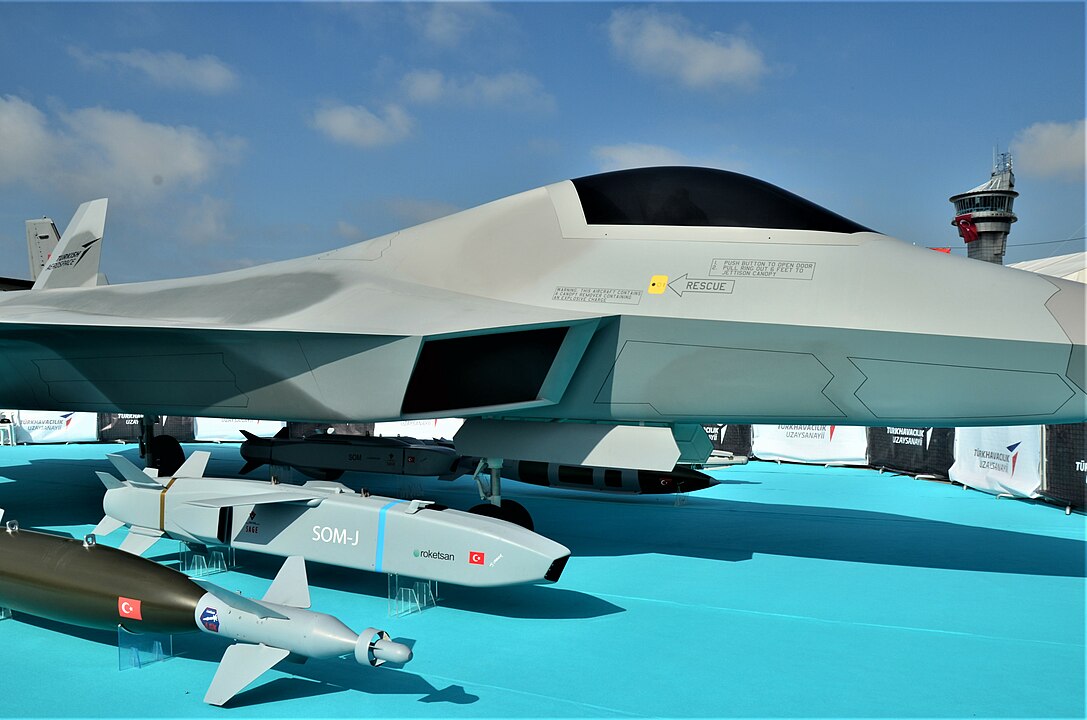
Despite the challenges of high production costs, which even leading nations like the United States seek to offset through exports, TAI has managed to secure early support from Azerbaijan, which joined Turkey’s fifth-generation fighter jet program.
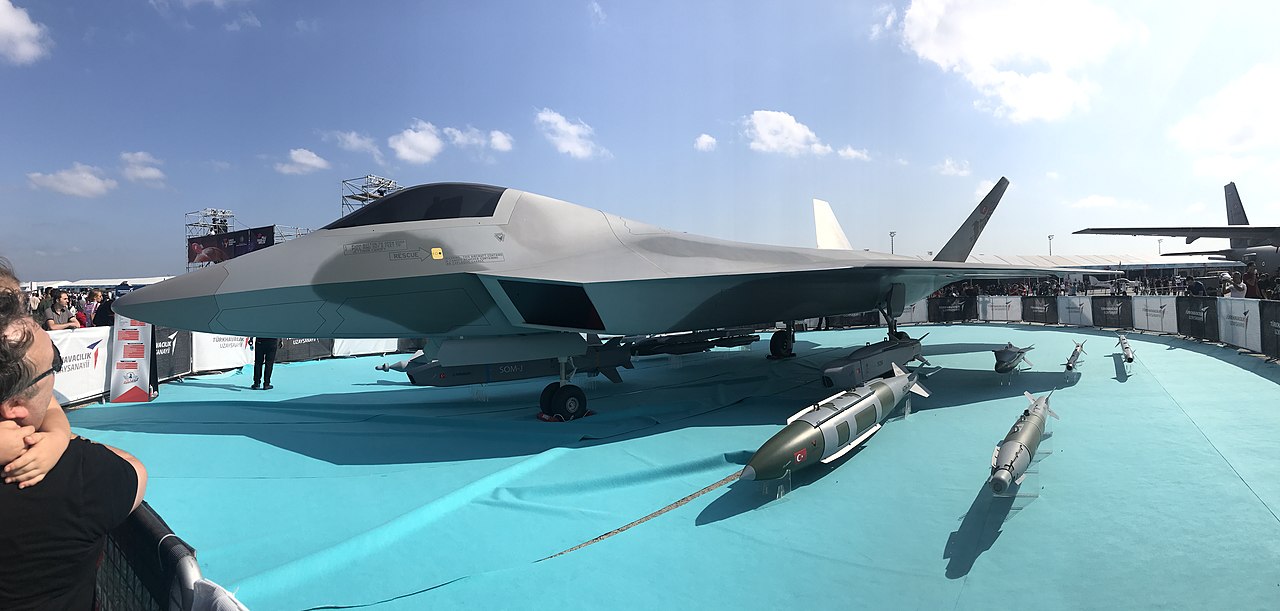
Can Kasapoglu, a Turkish defense expert, underscored the economic necessity of seeking export opportunities to prevent costs from “skyrocketing.”

This is particularly critical for a nation battling currency inflation.
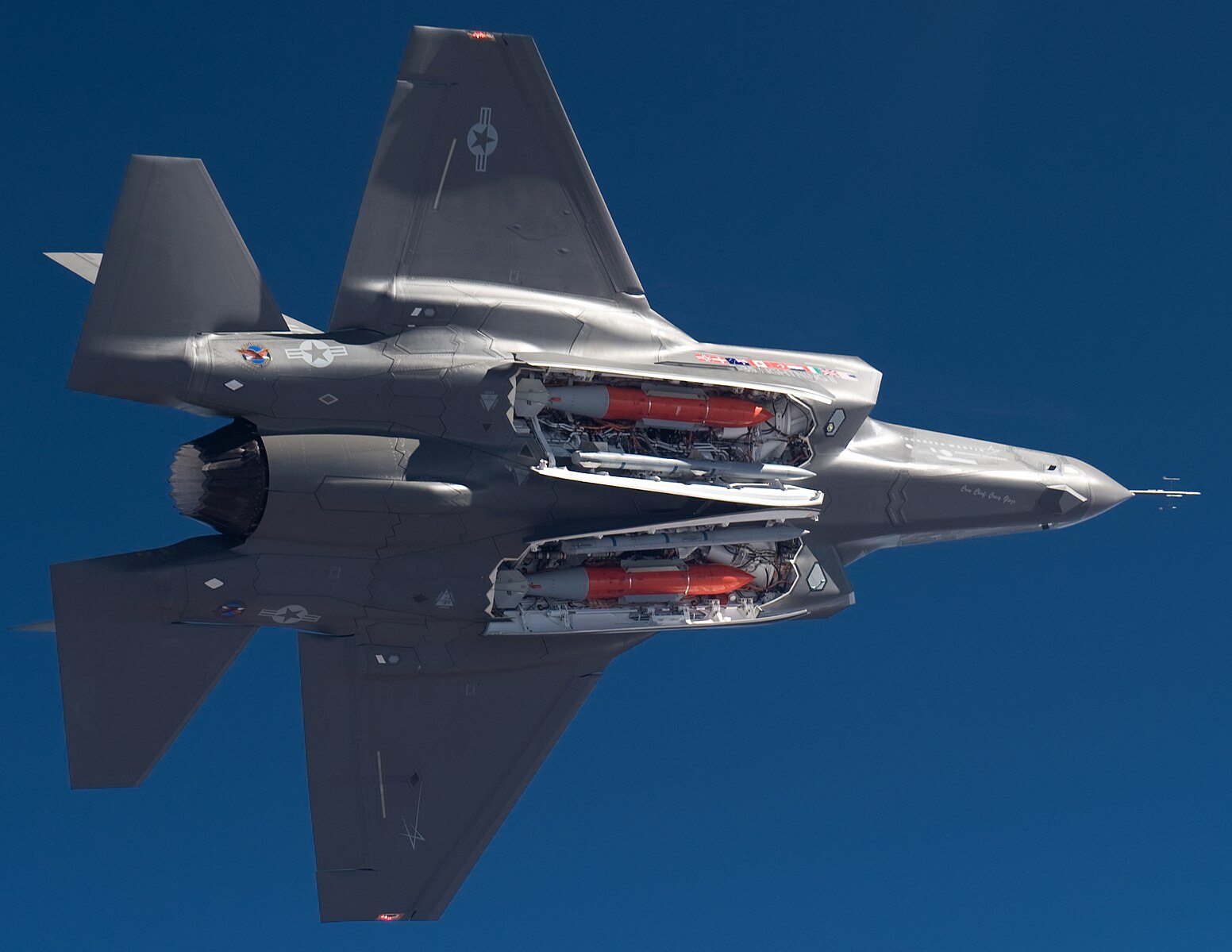
The second prototype of the KAAN, referred to as P1, is progressing smoothly towards final assembly, with flight expected in 2025. This follows the successful maiden flight of the first prototype, P0, which was produced in a remarkably short nine-month period.
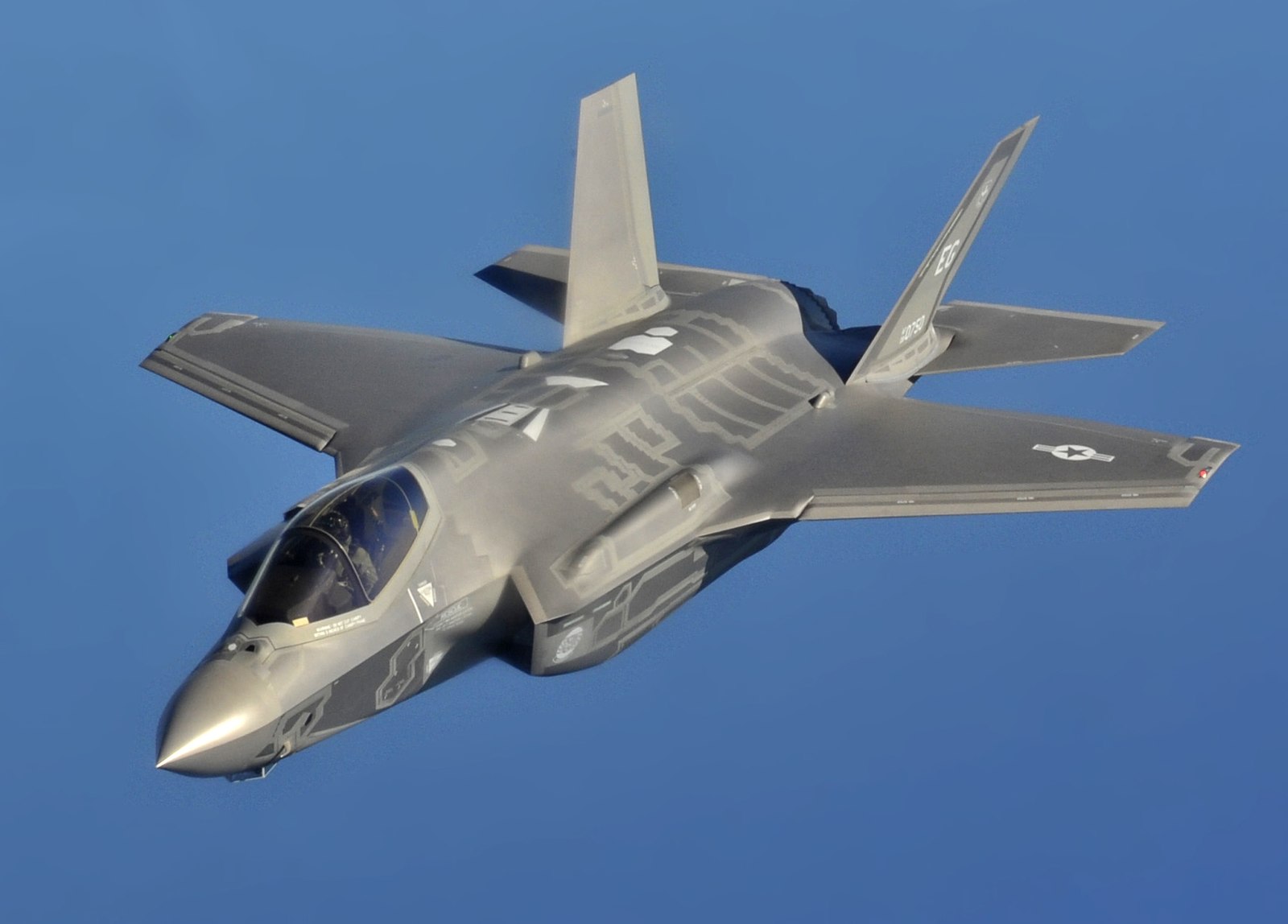
TAI’s commitment to domestic production is evident, with the Kaan being 90% indigenous and supported by a network of 100 Turkish companies.
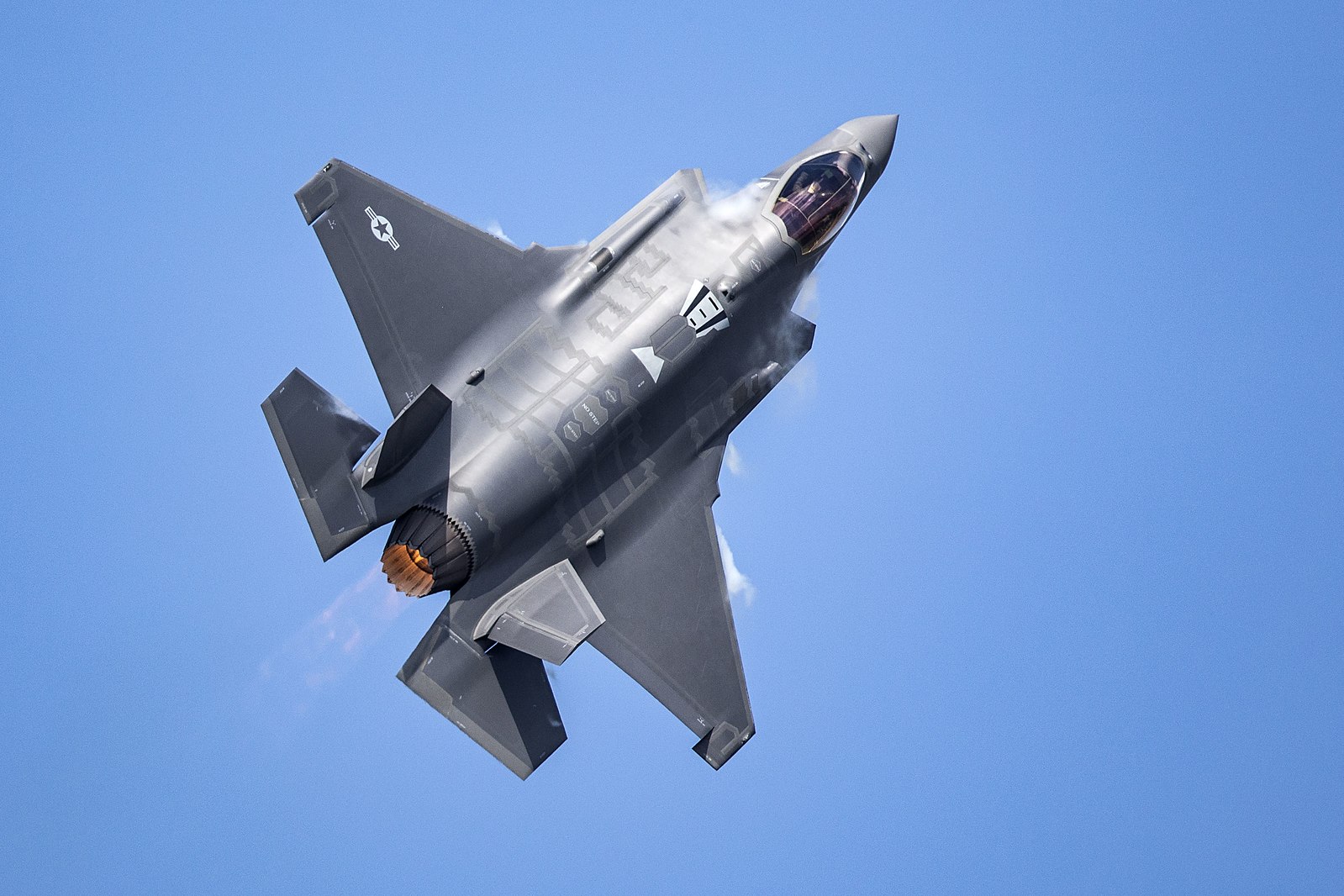
This dedication to indigenous development extends to the powerplant of the KAAN as well.

Although the prototype currently uses the General Electric F110 engine from the F-16, efforts are underway to replace it with a locally developed engine by 2028-2029, reinforcing Turkey’s bid for aerospace independence.

TAI is not just stopping at the KAAN; it is already envisioning the future, “actively engaged in developing sixth-generation [combat] aircraft,” though details on these concepts remain under wraps. Meanwhile, infrastructure continues to expand, with new facilities at TAI’s Ankara campus to support the KAAN’s development.
Relevant articles:
– TAI exec claims 20 Turkish KAAN fighters to be delivered in 2028, Breaking Defense
– Turkish Aerospace Advancing Additional Kaan Prototypes, Aviation Week
– 31 Despite Interest in Turkish KAAN Fighter Jet: Defence Analysts – Indian Defence Research Wing, idrw.org
– Canada weighing international ‘collaboration’ on future subs, Breaking Defense
